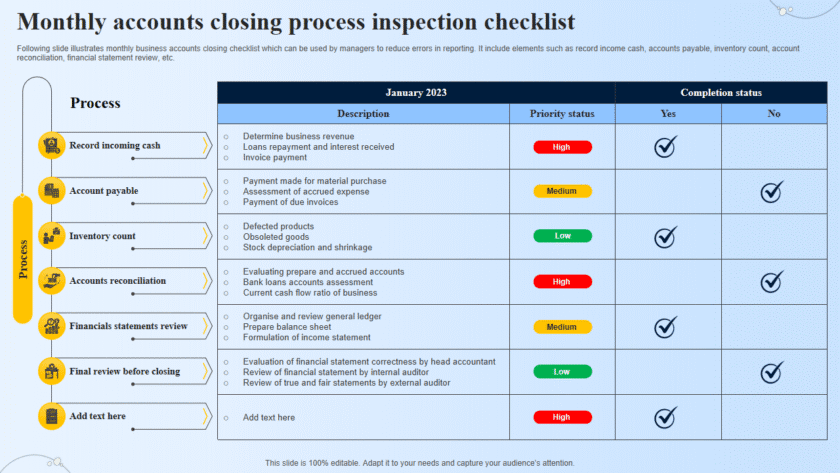Building Websites in 2025? Don’t Make These Security Mistakes
Speed, UX, and aesthetics may win attention—but security wins trust. And in 2025, trust is currency.
Whether you’re building your first portfolio site or managing enterprise apps, one critical security mistake can expose user data, damage your brand, or even get you banned from platforms.
Here are the top security mistakes developers are still making in 2025—and how to avoid them:
❌ 1. Leaving Default Configurations Unchanged
Many frameworks and CMS platforms ship with default admin logins, debug modes, or public API endpoints. If you don’t lock these down, attackers will find them.
✅ Fix it:
- Disable debug/logging in production
- Change default admin usernames & passwords
- Remove unused endpoints or test routes
❌ 2. Storing Secrets in Frontend Code
Putting API keys or credentials in your frontend bundle is a major leak waiting to happen. In 2025, scanners constantly monitor GitHub, NPM, and deployed sites for secrets.
✅ Fix it:
- Use serverless functions or backend proxies
- Store secrets in environment variables
- Never expose secrets via JavaScript
❌ 3. Using Weak or No Authentication
Basic authentication or homemade login systems without token expiration, rate limiting, or MFA is a disaster.
✅ Fix it:
- Use established standards: OAuth2, JWT, or Auth0/Firebase
- Implement session expiration & refresh tokens
- Enforce MFA where appropriate
❌ 4. Failing to Sanitize Input Properly
From SQL injections to XSS attacks, poor input validation is still one of the top causes of web breaches.
✅ Fix it:
- Sanitize and validate on both client and server
- Use libraries like DOMPurify (for XSS) or express-validator (for Node.js)
- Escape output in templates and components
❌ 5. Ignoring Security Headers
Without proper HTTP headers, your site is vulnerable to XSS, clickjacking, and data theft.
✅ Fix it:
- Set headers like:
Content-Security-PolicyX-Frame-OptionsStrict-Transport-Security
- Use middleware like helmet.js or secure server settings
❌ 6. Not Using HTTPS or HSTS
Unencrypted traffic is an open door for eavesdropping and MITM attacks—even on test sites.
✅ Fix it:
- Use HTTPS everywhere
- Enable HSTS to force HTTPS even before requests are sent
❌ 7. Giving Everyone Admin Access
Not all users should have full control. Too often, developers fail to implement proper access controls.
✅ Fix it:
- Set up Role-Based Access Control (RBAC)
- Check permissions server-side—not just in the UI
- Log sensitive actions for audit trails
❌ 8. Not Rate-Limiting API Calls
Even legit users (or bots) can abuse endpoints if you don’t cap requests.
✅ Fix it:
- Use rate-limiting middleware (e.g.,
express-rate-limit) - Block suspicious IPs using WAF rules or services like Cloudflare
- Monitor traffic for anomalies
❌ 9. Skipping Dependency Audits
NPM packages can carry hidden vulnerabilities. If you’re not auditing, you’re gambling.
✅ Fix it:
- Run
npm audit, Snyk, or Dependabot - Don’t blindly trust packages with few downloads or no recent updates
- Use a software bill of materials (SBOM) for transparency
❌ 10. Treating Security as an Afterthought
Security isn’t a patch—it’s part of your process. The worst mistake is waiting until the end to “add security.”
✅ Fix it:
- Think Secure by Design from day one
- Automate security testing in your CI/CD pipeline
- Stay up to date with OWASP Top 10
🔐 Final Thoughts
In 2025, you can’t afford to be careless. With better tools, smarter attackers, and stricter regulations, web security needs to be baked into every line of code you write.
Avoid these mistakes, and you’ll build not just good websites—you’ll build safe, trustworthy ones.






